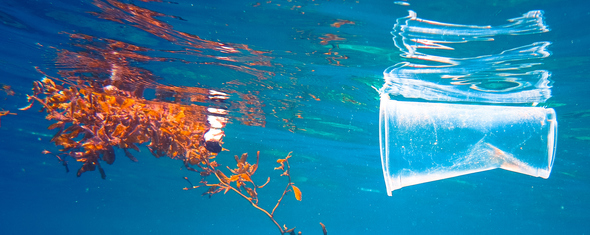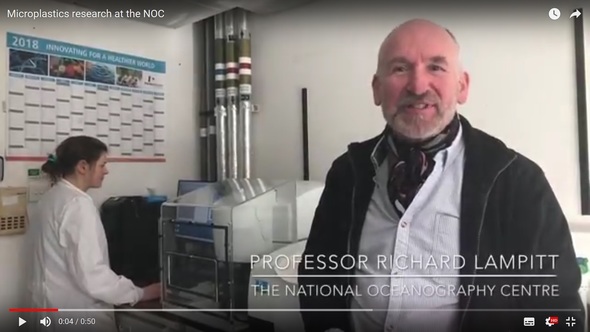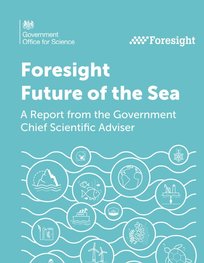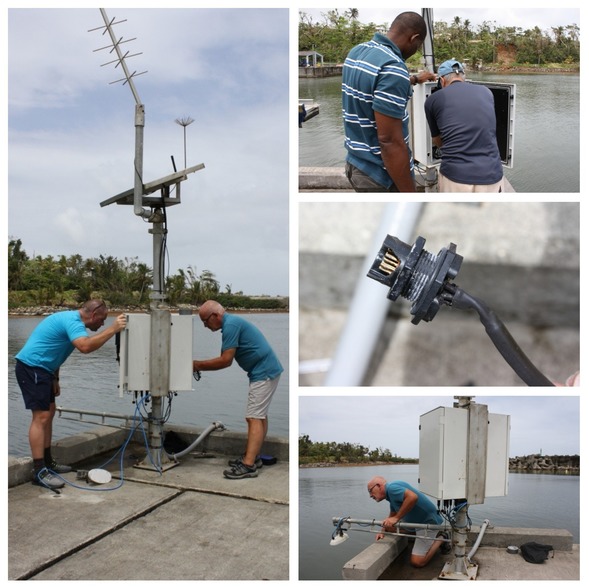 In a week that has seen the foresight report on the Future of the Sea highlight the growing problem of plastics in the ocean NOC scientist, Nina Faure Beaulieu, has been crossing the South Atlantic on board the RRS James Cook to sample microplastics to gain a better understanding of their oceanic distribution. In a recent post in the expedition blog, Nina talked about the challenges of studying microplastics in the ocean: "My role is to filter my allocated water through 0.055 mm stainless steel meshes, so that I can measure the microplastics left behind. "However, there's a catch. Microplastics are everywhere. They come in the form of fibres, fragments, airborne particles, and so on. Look at the composition of your clothes right now and it is highly likely they are a mixture of cotton and plastic or even 100% synthetic material, and are constantly shedding fibres. This is a problem when sampling for microplastics: how do you know that what you find comes from the water and not your t-shirt?" To read Nina's full blog post click here. Alternatively you can learn more about the microplastics research we do at the NOC by reading about it on our website, or clicking here to watch NOC's Professor Richard Lampitt giving an overview of NOC's innovative research in this area.   |
| A major new report looking at the future of the sea, published by the Government Office for Science, sets out the opportunities available for the UK to capitalise on its existing strengths in research, technology and the diversity of ocean industries. The report's expert advisory group included the NOC's Executive Director, Professor Ed Hill, and Director of Science and Technology, Professor Angela Hatton. With the positive media attention surrounding the report's launch both Ed and Angela have been very busy providing interviews and raising awareness of the challenges and opportunities facing our oceans. You can read more about the report on our website, and listen to Ed discuss it on BBC Radio 4's Today programme here (he's on at 1:45:00). | |  |
 NOC engineers are currently in Dominica to install a new tide gauge to replace one that was destroyed during Hurricane Maria, as part of the Commonwealth Marine Economies Programme (CMEP). Whilst waiting for the instrumentation to be unloaded from the barge, they've been helping to repair another tide gauge at nearby Marigot, which was damaged during the hurricane. The NOC's Dr Socratis Loucaides is also in Dominica delivering a workshop on the use of ocean acidification (OA) sensors as part of the Commonwealth Marine Economies Programme (CMEP). Socratis said: "It has been a great privilege delivering the second CMEP OA kit to the Dominican people. Their passion for marine conservation despite the devastating effects of Hurricane Maria has been truly inspiring!"  This week also saw the launch of the CUSTARD project, which aims to understand how the biological carbon pump interacts with upwelling ocean water in the southeast Pacific to sequester carbon in the deep ocean. CUSTARD is part of the NERC's Southern Ocean biogeochemistry programme. |
No comments:
Post a Comment